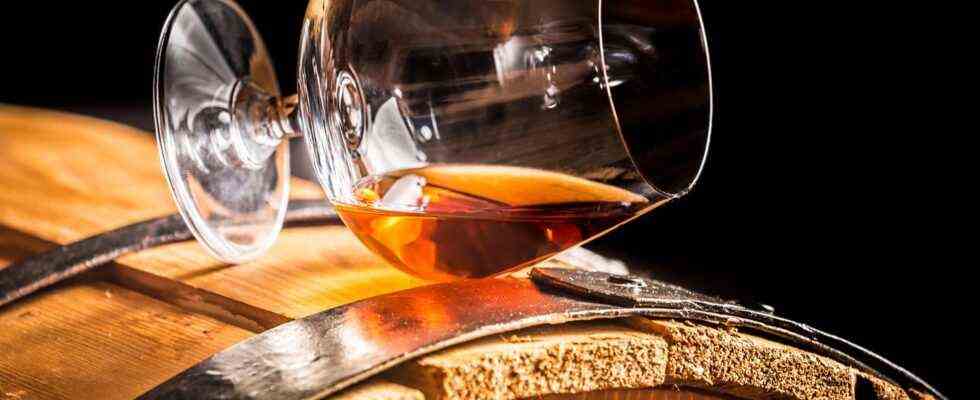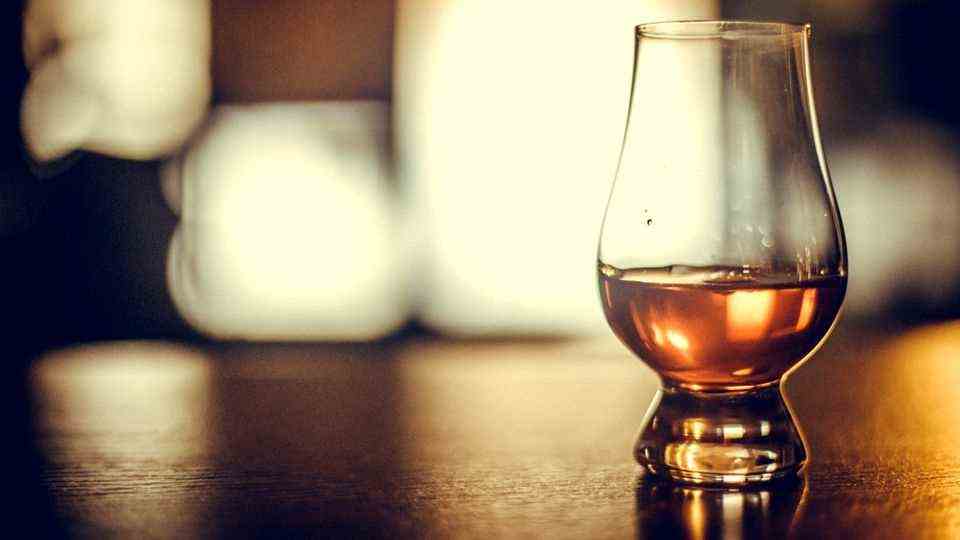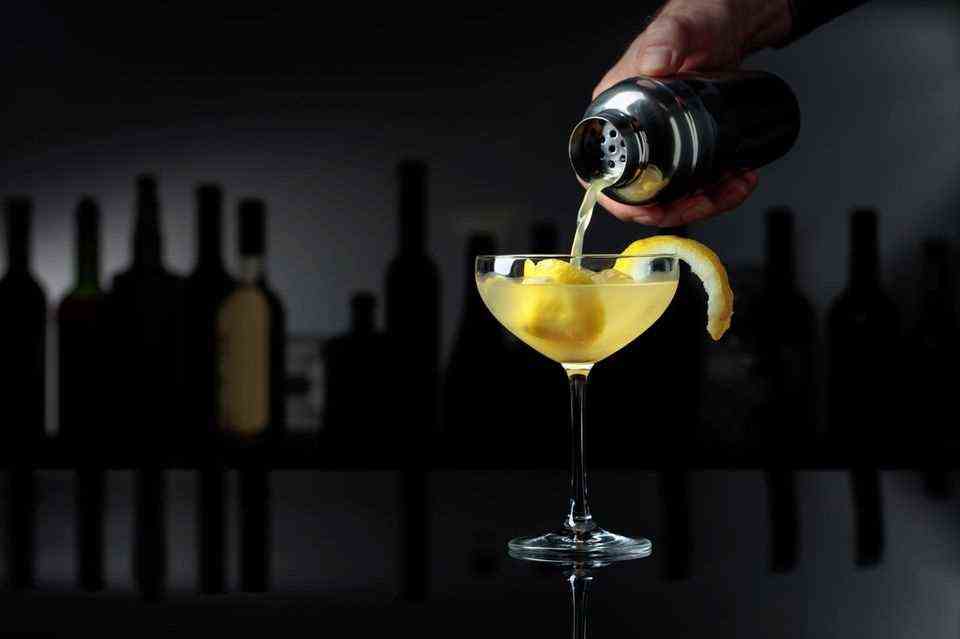Brandy
No grandpa drink: why it is worth finally dusting the brandy bottles
A good brandy easily stashes some hip, competing spirits.
© Shaiith / Getty Images
Good old brandy, it’s not easy. He has to grapple with the reputation of being pudgy, and is more and more forgotten. A mistake. Because the saying “Brandy is Dandy” is no coincidence.
“Only brandy left. A brandy in the afternoon goes softly, it shoots through his head. Uncle Dings always said it.” Heinz Strunk writes in “It’s always so nice with you”. Only brandy left. That actually says it all. Brandy is something that looks like a relic from days gone by. Remnants of an era when older men in suits still hung out Mad-Men-like in men’s salons, between wood-paneled walls and clouded by cigar smoke. One would like to think of a drink that no longer seems to really fit into contemporary bar culture. But not true. Because the brandy is now perhaps more in the second or third row, but it’s never been gone. And that’s just as well.
Brandy is dandy, once stood for luxury, was exclusive drink for the better people. Grapes were expensive, and so was wine. But then still distilling the wine, that was the height of decadence. Where the brandy was served en masse, there was prosperity at home. And today, well, brandy is perhaps still a dandy, but hardly anyone feels like it anymore – the picture is far too antiquated, grayed out and dusty. And while gin and others mutated into trendy drinks, the perception of brandy moved more and more into the niche, where the conservative society toasted itself.
From cognac to brandy to brandy
Brandy, that was all cognac many years ago – at least in Germany. Then the French got mucked and had the name protected. From now on, cognac was only allowed to call itself what is produced in the region of the same name and according to special guidelines. You know that from champagne, among other things. So in Germany the distillates were christened brandy. Not to be confused with brandy. Brandy is a wine-based spirit. Brandy, on the other hand, is the umbrella term for all spirits that are distilled from fermented foods. Elsewhere in the world, another name for wine distillates had long been known – brandy.
And these have a long tradition in many countries around the world, not only in Germany and France, also in countries like Armenia and Georgia, even in Peru and Chile – known there as Pisco. But nowhere is more brandy distilled than in Spain. Much of it is made in Andalusia, in Jerez de la Frontera – using a unique process. Brandy is traditionally aged in oak barrels in which sherry was previously aged. However, the Brandy de Jerez is stored and matured in the Solera system, during which the brandy “runs through” several rows of casks. Probably the best-known Spanish brandy in Germany is that of Osborne, above all Carlos I connoisseurs know that. Average drinkers tend not to. And what most of them don’t know: even if they don’t order brandy, they often get it – namely as an ingredient in a cocktail. Ha!
Brandy, the traditionalist
No, brandy will probably not be hip anytime soon. He’s probably not suitable for the masses for that – more extravagant than cool. A comeback like the gin made is not to be expected. Although that is actually not so absurd. Because brandy may still be familiar to many as a pure version, especially when it comes to quality brandy. But the fact that it is an excellent basic spirit usually falls behind. The fact is: the brandy is not on the bar shelves for decorative purposes. It is still a popular flavoring agent in cocktails – and that doesn’t just mean Brandy Alexander.
The Mint Julep is one of them and of course the classic: Sidecar. Anyone who loves whiskey sour should try a brandy sour. The list is long. And for a good reason. Because a good brandy tastes fantastic. Depending on the degree of ripeness, fruity, nutty, spicy, woody. Hardly anyone knows today. Too bad.




